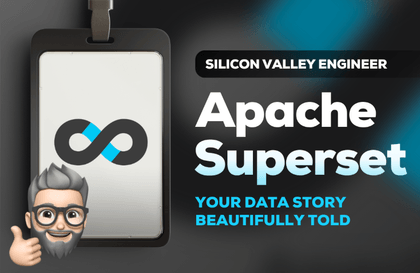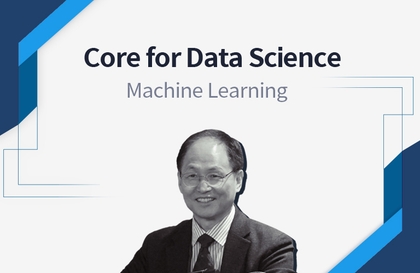
Practical Data Science Part 3. Understanding Machine Learning
hjkim3
The digital transformation (DT) and introduction of artificial intelligence (AI) in companies begin with the construction of machine learning models. However, the scope of machine learning technology is very broad, and in order to select the optimal method, it is necessary to clearly understand the basic concepts. In this lecture, we will introduce the core contents necessary to clearly understand the basic concepts of machine learning, focusing on five examples.
초급
Machine Learning(ML)





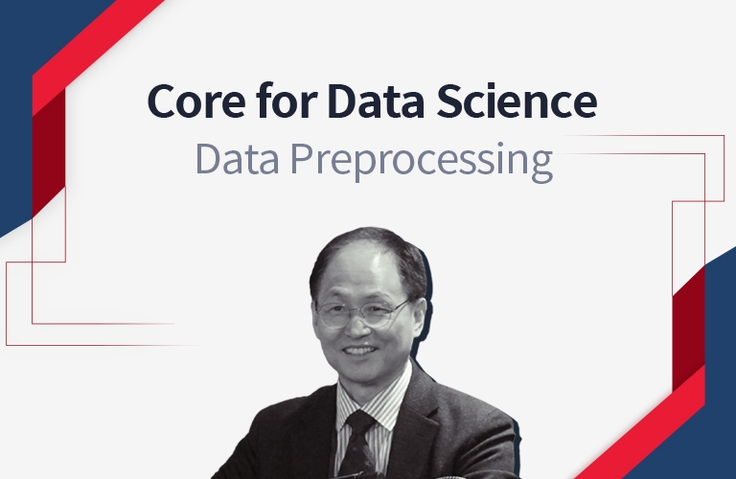
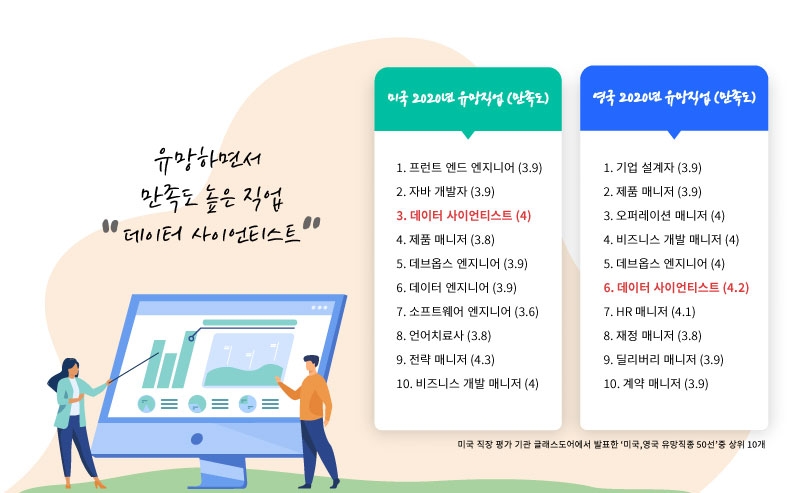
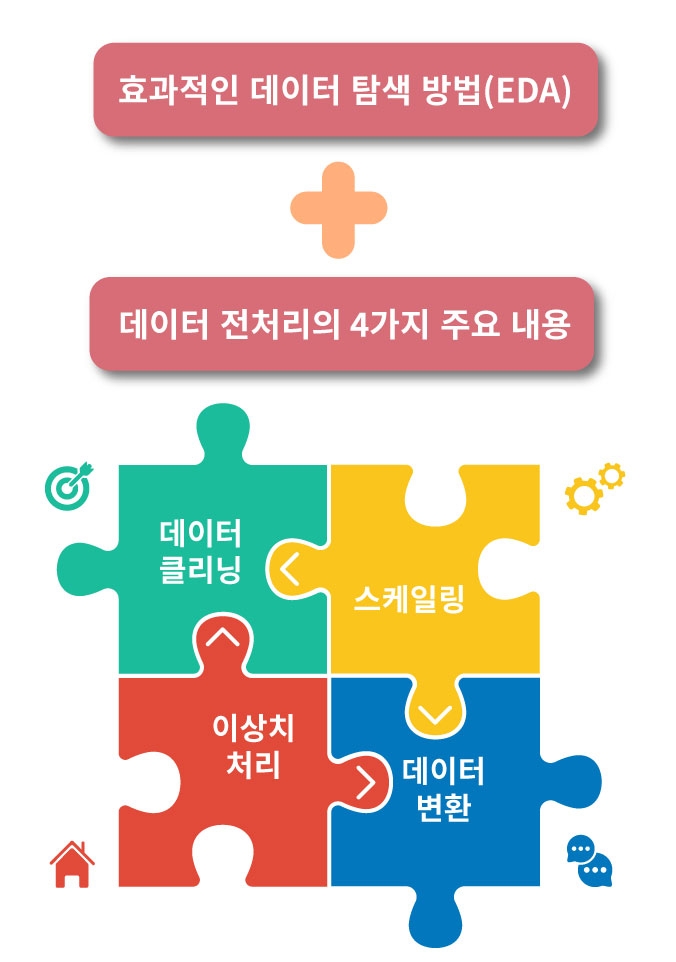

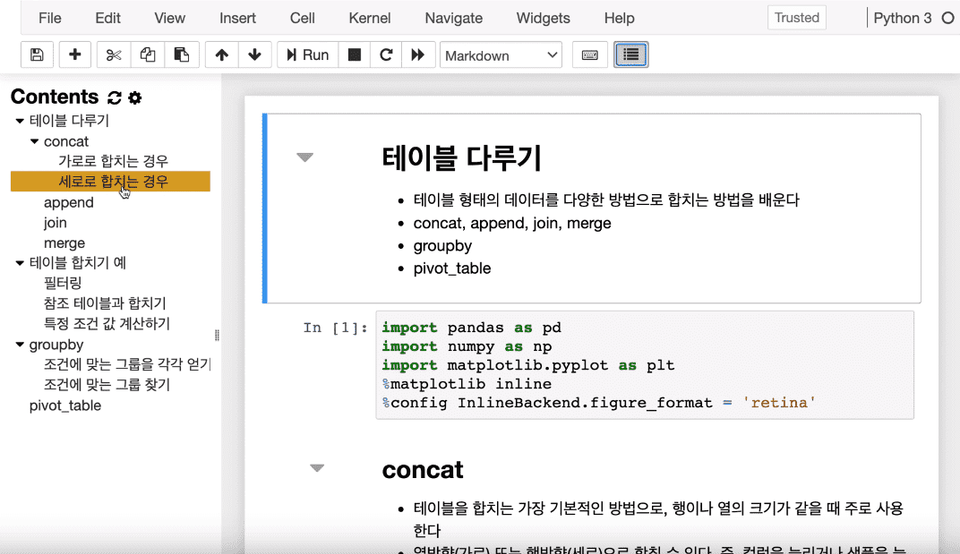
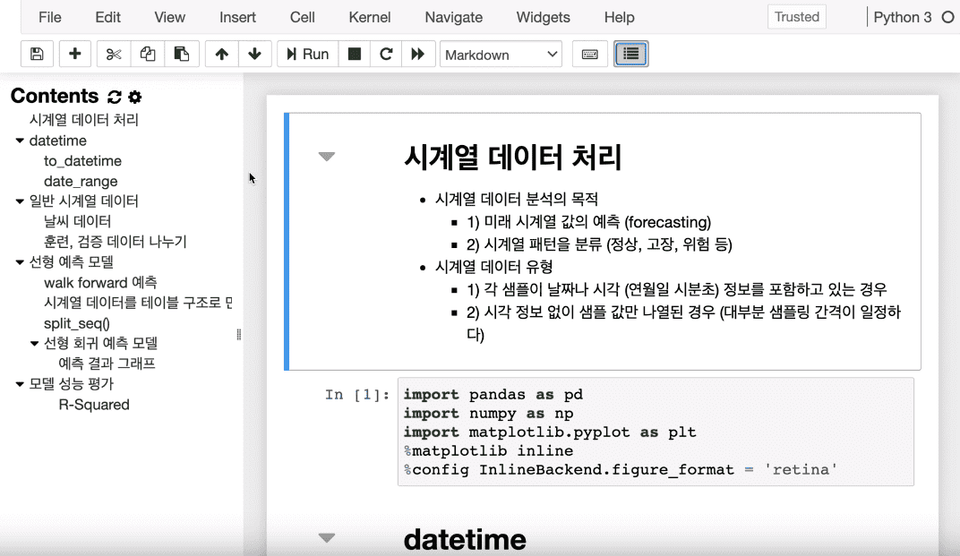

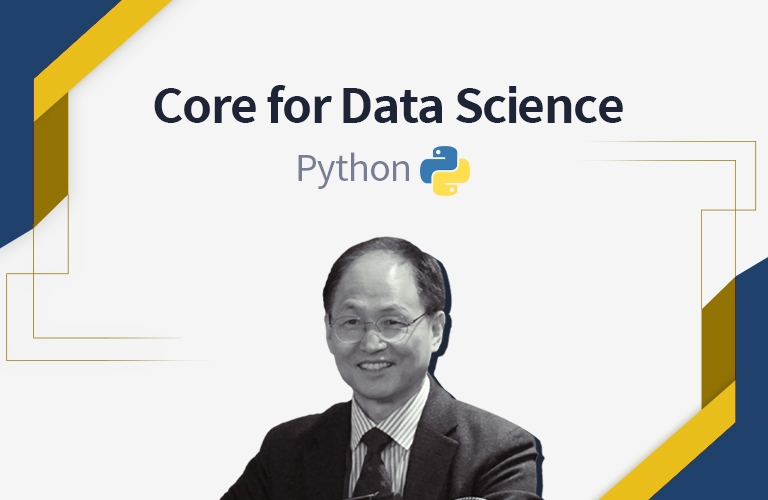
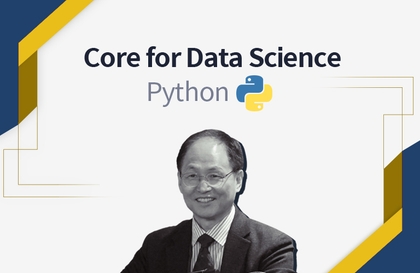
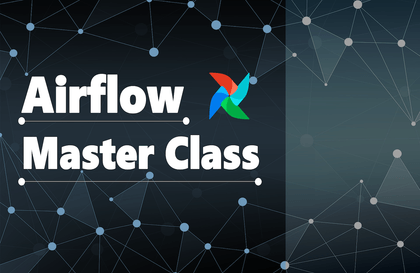
![[Data Preprocessing] Don't worry! Because we have Pandas.강의 썸네일](https://cdn.inflearn.com/public/files/courses/336824/cover/01k5849rtc0vfa7df3revd2tpb?w=420)

![[Renewal] First-time MongoDB and NoSQL (Big Data) Database Bootcamp [From Beginner to Application] (Updated)강의 썸네일](https://cdn.inflearn.com/public/courses/324183/cover/fbe9f0cc-4c42-4435-b855-f283f6932415/324183.png?w=420)
